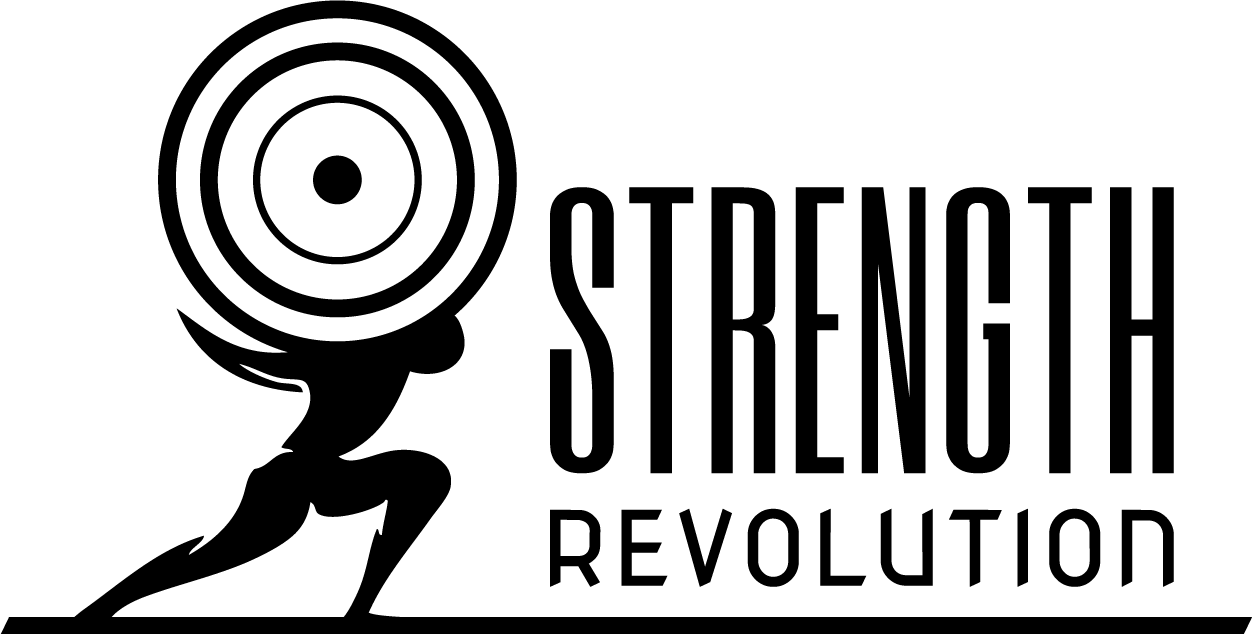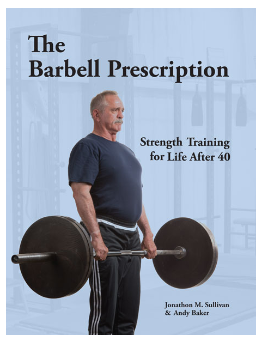Healthy Ageing Is Strong Ageing
Key Points
Into our late 30s and 40s you don’t have to stop resistance (weight) training. And not only should you not stop, you should start if you haven’t already.
After our late 20s / early 30s the body starts to lose a small percentage of muscle mass every year and will continue to do so if the correct stimulus is not provided. The long term effects of this unchecked loss of muscle mass may contribute to frailty and a loss of independence in later life.
You absolutely can start training with weights later than your 40s or 50s with a view to being healthy and active and this topic is now being widely embraced by medical professionals as an accepted strategy for healthy ageing.
Somewhere around my 30s I started to look differently at exercise. I began thinking about the bigger picture and what kind of quality of life I expected as I got older.
By this point I’d had a few friends in their 20s that’d had various ailments, from back problems and stomach issues to aches and pains that seemed to come and go.
I thought to myself, ‘I don’t want to wake up everyday aching and feeling in pain or lousy, I want to continue to feel as good as I do now’.
As my perspective shifted from an all out physique goal over to long-term health I found myself among new company in the world of exercise. Ever since then I’ve formed a whole new way of thinking about what exercise is and what it can do for us.
No doubt, if you’re reading this article, you’ve been wondering about this too.
The search for healthy ageing
Below, you can see what happens when you search out info on healthy ageing.
Developing and Maintaining Functional Ability as We age
As a strength coach I like the statement ‘developing and maintaining functional ability’.
Let me ask you this, what do you think ‘functional ability’ is?
To me, functional ability is the ability to carry on being able to do normal everyday tasks.
It is not anything fancy, or anything that amounts to gym party tricks.
Normal and everyday for me, is carrying the shopping, lifting my luggage on holiday, driving my car, moving furniture around and going out for walks, but also good energy levels and being able to rise earlier and work longer when I need to.
The ability to be able to push myself a little harder when required.
And this is where strength comes in.
In many instances strength and strength training as you’ve been presented it is associated with physique outcomes and bodybuilding style outcomes.
But the kind of strength I’ve been researching is more about the general strength that we have now and take for granted.
Later on in life we rely on general strength for the kind of tasks I described above and having a basic level of strength can make a difference in the quality of our lives both, in our health and independence, as well as participation and enjoyment in life.
I know how to train this kind of strength, how to maintain it and ideally develop it. It turns out that strength and muscle mass are like your bank account, it’s good to have a healthy amount of savings.
Whose responsibility is your health?
Another point of interest in our Internet search is that healthy ageing returned about 2 million results.
On the surface that sounds pretty good. But take a moment to search for “cat videos” and you’re going to see a list of over 9 million. So now it seems that healthy ageing just might not be as much of a priority as we first thought it was, versus clips of our furry little friends.
It seems being entertained is in position #1 of many people’s priorities and maybe, just maybe, because we are so surrounded by the reassurances that come with hi tech medicine and modern health infrastructure we might have allowed something that sounded so important to slip down our list of priorities.
So, whose responsibility is your health?
Many times the answer I’ve been given is “mine of course"!” and yet the words don’t always match the actions.
At least that’s what the World Health Organisation noticed in its 2003 report into our health in relation to our diets and exercise.
Let’s go back to the cat videos, because even I love a good cat video. What if I told you that large sections of the exercise industry might not be interested in your health as a top priority. And, that they are also quite prepared to entertain you (for money) not with cat videos, but with constantly changing variety, an emphasis on fun and you being entertained. But not necessarily providing you with the right exercises that will have the most benefit to you.
Dr Jonathon Sullivan explains the modern health problem and our best approach for healthy ageing.
Let me be clear, I am always happy to hear that you are being active versus being sedentary, so keep doing that. However, what we are talking about here is what is optimal for a lifelong health outcome.
I am suggesting that rather than just exercising for entertainment, you train for a specific result. A healthy ageing result.
And that this training is like a kind of medicine. The good news is that this training is still enjoyable, you can still participate with others while you do it, it’s challenging and rewarding. BUT it may not look like what you’ve been doing before and it might require you to embrace a new way of doing things.
More good news, this exercise approach is time efficient, cost effective and is designed to keep you in a physical condition that enables you to continue doing all of the other physical activities that you enjoy, from hiking, swimming to gardening and travelling the world and whatever else you are interested in.
The healthy ageing Exercise Prescription
The prescription is simple. And where you cannot immediately do it as described, it can be modified in such a way as to get you started, meaning over time you will get closer to the exact formulation.
The prescription simply takes into account the normal movement patterns that you already do and need to do. Picking up things from the floor, going from sitting to standing and walking, reaching up over head, and pushing objects away (think of opening a heavy door).
The process is to then learn how to perform these movement patterns in a gym setting, and in the most effective and safest way possible. This is useful in the instance of picking up objects from the floor(functional ability), how many people do you already know with back pain who struggle with this?
It will come as no surprise, that if me describing this prescriptive method to exercise sounds like a doctors approach, that it did indeed come from a medical doctor.
This approach has been approved and pioneered by Dr Jonathon Sullivan, who details it carefully and in a comprehensible way in his book The Barbell Prescription.
what the The Healthy Ageing Exercises
Look like
Because barbell lifting and weight training can be daunting to people, I explain that the healthy ageing exercise are nothing more than simple human movement patterns that you already do.
They can be modified according to the current capability of the person. The emphasis on correct form first and then carefully progressing the weight lifted.
Like a medicine, the secret behind the healthy ageing prescription is the ability to ‘dose’ the exercise in very small amounts and increases.
In that regard the exercise prescription is calibrated exactly to the person receiving it.
Click the video to see the exercises in action.
The Healthy Ageing Exercises in a Programme
It’s important to note that the art of good coaching, is to know how to apply an exercise programme to an individual. Above I have presented you with one way this programme could look when performed over a week. I can think of many cases where a programme like this would be amended to better suit the individual. You can read more in The Barbell Prescription.
should you find a strength Coach to show you barbell training?
If you currently have spent quite a bit of time in the gym or if you have been coached in the past in the barbell lifts and are confident with them, then you may be able to apply the programme smoothly into your gym workouts.
I would generally advise that if you are in any way unsure, then it’s wise to book what I call a form tune up session. Whereby you meet in person with a good coach and have them check your form on the barbell lifts.
If you are reading this for the first time and this is new to you, I highly recommend that you begin sessions with a good coach near you to start the journey carefully and correctly.
As I said, in many instances a good coach will know when and how to modify an exercise to suit you better. Then progress you accordingly; and it’s this kind of expertise that is truly worth paying for.
In my opinion the best coaches in the world are Starting Strength certified coaches .
The only drawback is they are few and far between. The directory to find an SSC nearest you is linked above and in the instance the distance is quite far it is still worth reaching out to see if an online consultation and coaching option is available.
I am based in Guildford Surrey UK and coach 1:1 sessions at a private gym called Profound Fitness I am a certified Starting Strength Coach and one of only two serving the UK.
I present the wellbeing talk Healthy Ageing Is Strong Ageing which is available to groups if you would like to contact me regarding that.
If you’d like to know more about this way of training and how it can benefit you you can contact me at anytime.
Presenting Healthy Ageing Is Strong Ageing. April 2019.






